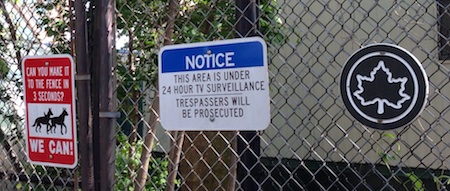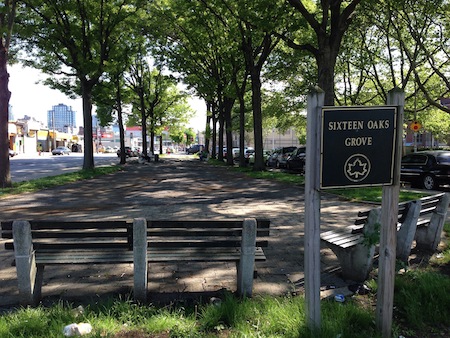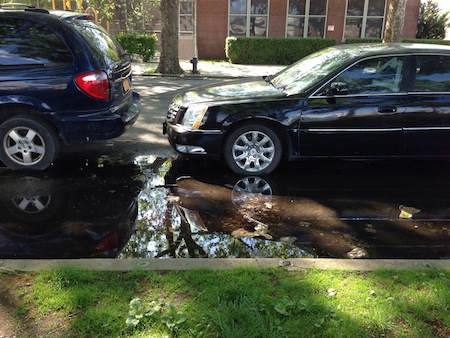The verdant green space called Weeping Beech Park and within it the Margaret I. Carman Green owe their names to a Belgian immigrant who lived for 151 years before giving up the bark in 1998, and to a Daughter of the American Revolution who devoted her retirement beginning in 1960 to commemorating and maintaining the history of the Queens neighborhood of Flushing.
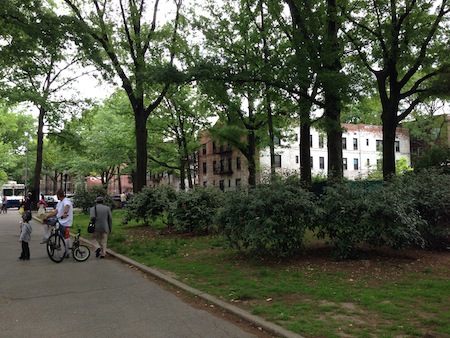
Horticulturalist Samuel Bowne Parsons (1819-1907) kept a well-known nursery here, and acquired for it the seedling for the soon-to-be famed beech tree. Planted in 1847, it died of old age in 1998. Why it was called the Weeping Beech is not explained in the signage.
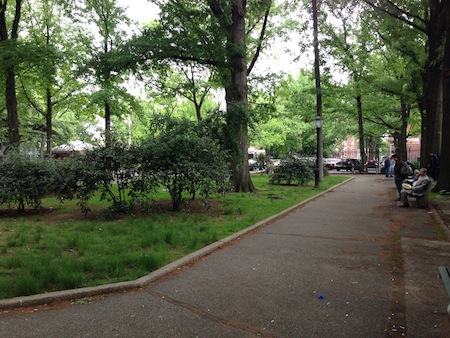
The old man's son, Samuel Parsons Jr., joined the family business and later became a partner in Calvert Vaux's firm, Vaux and Company. On hiring the firm, the New York City Department of Parks made Parsons Superintendent of Planting and then Landscape Architect for the City. Parsons Jr. also co-founded the American Society of Landscape Architects and served as its President at the start of the 20th century.
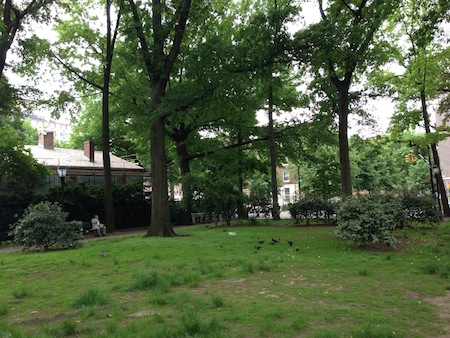
Retired teacher Margaret I. Carman (1890-1976), a descendant of Revolutionary War hero Captain Henry "Lighthouse Harry" Lee, was instrumental in the creation of the Flushing Freedom Trail, which begins (or began – I'm not sure the markers are still up) at the John Bowne House and includes Underground Railroad sites. Currently closed for renovation, the Bowne House dates back to 1661 and is listed on the National Register of Historic Places.
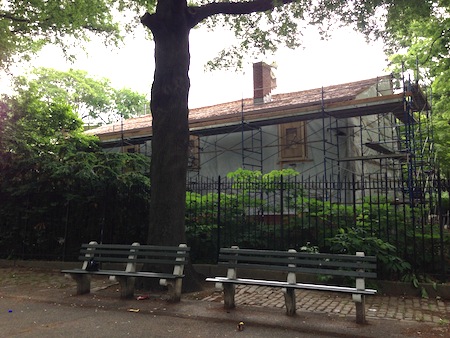
John Bowne was an English settler with a Quaker wife. They used their house for Quaker services before the construction of the Friends Meetinghouse nearby. That got Bowne into trouble with the intolerant (and intolerable) Peter Stuyvesant, who sent him away to Holland, but he returned a few years later, just before the English sailed in and took over the Dutch colonies of New Netherland.
More recently the Parsons family inhabited the house, until the 1940s, when a group of local residents formed the Bowne House Historical Society to purchase and maintain it. Some season soon it will be reopened to the public.
The Weeping Beech, though, is gone forever. It stood, presumably, somewhere in this rather pretty lot:
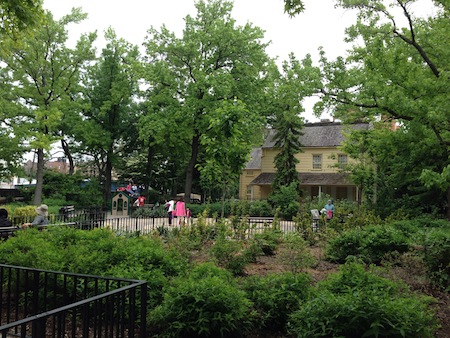
The yellow house in the rear is the Kingsland Homestead, which now houses the Queens Historical Society. It's also worth a visit. And not too far is a much newer historic house, the Voelker-Orth House, most definitely open to the public and with gorgeous gardens that make it worthy of its own Park Odyssey post, coming up next.
About the Author




